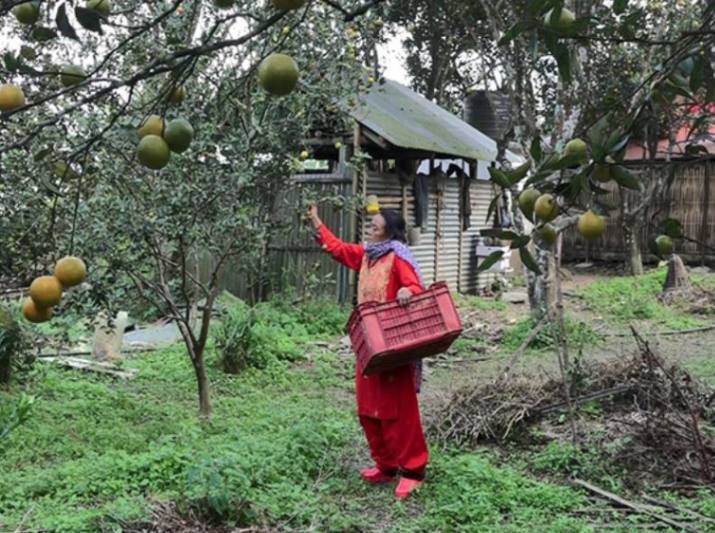Nepal: Surge in temperature turns sweet-orange business sour
The once-thriving sweet orange industry in Nepal's Sindhuli district is facing an unprecedented crisis due to rising temperatures and the spread of citrus greening disease. Read further on Dynamite News:

Sindhuli (Nepal): The once-thriving sweet orange industry in Nepal's Sindhuli district is facing an unprecedented crisis due to rising temperatures and the spread of citrus greening disease.
Struggling to make ends meet
The disease, which has already affected over 80 per cent of the district's sweet orange trees, has left farmers like Bal Kumari Thapa struggling to make ends meet.
The sale of citrus fruits brought cash to her home but the source has now dried up since half-a-decade as she had to set her entire orchard on fire.
Vector-borne disease
Her orchard which once hosted 2,500 trees had to be entirely burnt down with the outbreak citrus greening epidemic, a vector-borne disease that engulfs an area without any warning signs.
Also Read |
Kathmandu: Blast near Indian Embassy camp office
The sweet orange industry is a significant contributor to Nepal's economy, with the Sindhuli district alone producing over 9,000 metric tons of sweet oranges annually.
However, the rising temperatures and changing climatic patterns have made it difficult for farmers to cultivate the fruit.
"This tree was planted in 2006 and it bore fruit from 2007. After about two years, we started selling fruits to the market. The tree bore around 500 fruits per season. In 2009 the tree got infected. I used to cover the roots of the tree with the cow dung and water it. But now only the hinge of the trees in my orchard," Bal Kumari Thapa recalled her memories as she stood next to the charred remains of a tree that once stood in her lush green orchard.
"I miss the Junar (sweet oranges) very much. My orchard has expanded over 18 Ropani (98,568 square feet). The trees were bearing fruits. We sold the fruits that were produced for the first cycle but in the second cycle, the trees died. The contagion" contagion affected the tree at the beginning of the harvest season. The topmost leaves of the tree started to yellow and quickly reached the root. Now we use the tree as firewood," Thapa recalls.
Also Read |
PM Modi arrives Nepal for two-day visit
"Officials who came for the inspection informed us that citrus greening is responsible for the situation. Our field got attacked by a pest when we were about to start earning from it," she sighed.
The unfit trees include ones from the older generation which are slowly being replaced with new saplings. The DADO annually has been running a plantation campaign of planting 18,000 new saplings with an aim to replace the older ones by the year 2032.
However, this new plantation campaign only focuses on the lands that lie at an elevation higher than 1,000 meters provided the rising temperature and probability of the contagion" contagion epidemic.
"We cannot leave agriculture as we have nowhere to go and no other business we know to do. As we have been suggested not to cultivate sweet oranges immediately, I've cultivated potatoes in this field, turmeric, ginger and avocado along with lemon and guava so that I can have more income." Bal Kumari concludes.
 Dynamite News
Dynamite News 